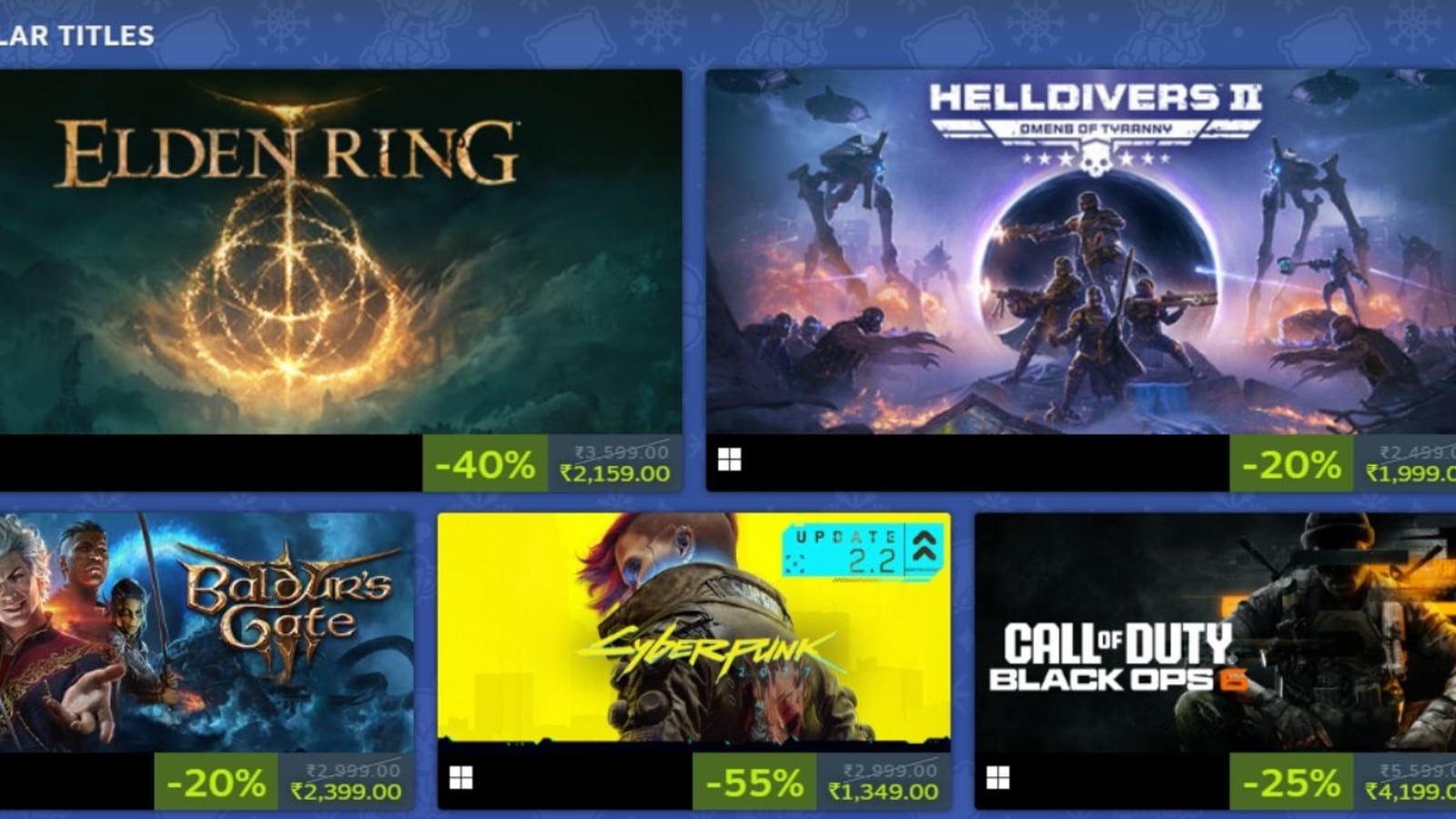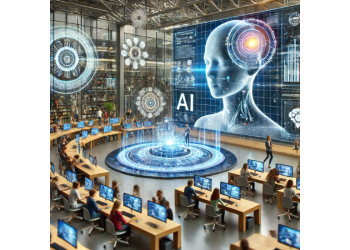Welcome to On Tech: A.I., a pop-up newsletter that will teach you about artificial intelligence, especially the new breed of chatbots like ChatGPT — all in only five days.
We’ll tackle some of the big themes and questions around A.I. By the end of the week, you’ll know enough to command the room at a dinner party, or impress your co-workers.
Every day, we’ll give you a quiz and a homework assignment. (A pro tip: Ask the chatbots themselves about how they work, or about concepts you don’t understand. Answering such questions is one of their most useful skills. But keep in mind that they sometimes get things wrong.)
What is artificial intelligence?
Let’s start at the beginning.
The term “artificial intelligence” gets tossed around a lot to describe robots, self-driving cars, facial recognition technology and almost anything else that seems vaguely futuristic.
A group of academics coined the term in the late 1950s as they set out to build a machine that could do anything the human brain could do — skills like reasoning, problem-solving, learning new tasks and communicating using natural language.
Progress was relatively slow until around 2012, when a single idea shifted the entire field.
It was called a neural network. That may sound like a computerized brain, but, really, it’s a mathematical system that learns skills by finding statistical patterns in enormous amounts of data. By analyzing thousands of cat photos, for instance, it can learn to recognize a cat. Neural networks enable Siri and Alexa to understand what you’re saying, identify people and objects in Google Photos and instantly translate dozens of languages.
A New Generation of Chatbots
A brave new world. A new crop of chatbots powered by artificial intelligence has ignited a scramble to determine whether the technology could upend the economics of the internet, turning today’s powerhouses into has-beens and creating the industry’s next giants. Here are the bots to know:
The next big change: large language models. Around 2018, companies like Google, Microsoft and OpenAI began building neural networks that were trained on vast amounts of text from the internet, including Wikipedia articles, digital books and academic papers.
Somewhat to the experts’ surprise, these systems learned to write unique prose and computer code and carry on sophisticated conversations. This is sometimes called generative A.I. (More on that later this week.)
The result: ChatGPT and other chatbots are now poised to change our everyday lives in dramatic ways. Over the next four days, we will explain the technology behind these bots, help you understand their abilities and limitations, and where they are headed in the years to come.
The schedule for the week
Tuesday: How do chatbots work?
Wednesday: How can they go wrong?
Thursday: How can you use them right now?
Friday: Where are they headed?
Your first assignment
You’ve got some homework to do! One of the best ways to understand A.I. is to use it yourself.
The first step is to sign up for these chatbots. Bing and Bard chatbots are being rolled out slowly, and you may need to get on their waiting lists for access. ChatGPT currently has no waiting list, but requires setting up a free account.
Once you’re ready, just type your words (known as a prompt) into the text box, and the chatbot will reply. You may want to play around with different prompts and see if you get a different response.
Today’s assignment: Ask ChatGPT or one of its competitors to write a cover letter for your dream job — like, say, a NASA astronaut.
We want to see the results! Share it as a comment and see what other people have submitted.
Let’s chat about chatbots
We’ve been covering developments in artificial intelligence for a long time, and we’ve both written recent books on the subject. But this moment feels distinctly different from what’s come before. We recently chatted on Slack with our editor, Adam Pasick, about how we’re each approaching this unique point in time.
Cade: The technologies driving the new wave of chatbots have been percolating for years. But the release of ChatGPT really opened people’s eyes. It set off a new arms race across Silicon Valley. Tech giants like Google and Meta had been reluctant to release this technology, but now they’re racing to compete with OpenAI.
Kevin: Yeah, it’s crazy out there — I feel like I’ve got vertigo. There’s a natural inclination to be skeptical of tech trends. Wasn’t crypto supposed to change everything? Weren’t we all just talking about the metaverse? But it feels different with A.I., in part because millions of users are already experiencing the benefits. I’ve interviewed teachers, filmmakers and engineers who are using tools like ChatGPT every day. And it came out only four months ago!
Adam: How do you balance the excitement out there with caution about where this could go?
Cade: A.I. is not as powerful as it might seem. If you take a step back, you realize that these systems can’t duplicate our common sense or reasoning in full. Remember the hype around self-driving cars: Were those cars impressive? Yes, remarkably so. Were they ready to replace human drivers? Not by a long shot.
Kevin: I suspect that tools like ChatGPT are actually more powerful than they seem. We haven’t yet discovered everything they can do. And, at the risk of getting too existential, I’m not sure these models work so differently than our brains. Isn’t a lot of human reasoning just recognizing patterns and predicting what comes next?
Cade: These systems mimic humans in some ways but not in others. They exhibit what we can rightly call intelligence. But as OpenAI’s chief executive told me, this is an “alien intelligence.” So, yes, they will do things that surprise us. But they can also fool us into thinking they are more like us than they really are. They are both powerful and flawed.
Kevin: Sounds like some humans I know!
Quiz
Question 1 of 3
What do we know about artificial intelligence?
Start the quiz by choosing your answer.
Glossary
-
Neural network: A mathematical system, modeled on the human brain, that learns skills by finding statistical patterns in data. It consists of layers of artificial neurons: The first layer receives the input data, and the last layer outputs the results. Even the experts who create neural networks don’t always understand what happens in between.
-
Large language model: A type of neural network that learns skills — including generating prose, conducting conversations and writing computer code — by analyzing vast amounts of text from across the internet. The basic function is to predict the next word in a sequence, but these models have surprised experts by learning new abilities.
-
Generative A.I.: Technology that creates content — including text, images, video and computer code — by identifying patterns in large quantities of training data, and then creating new, original material that has similar characteristics. Examples include ChatGPT for text and DALL-E and Midjourney for images.

























